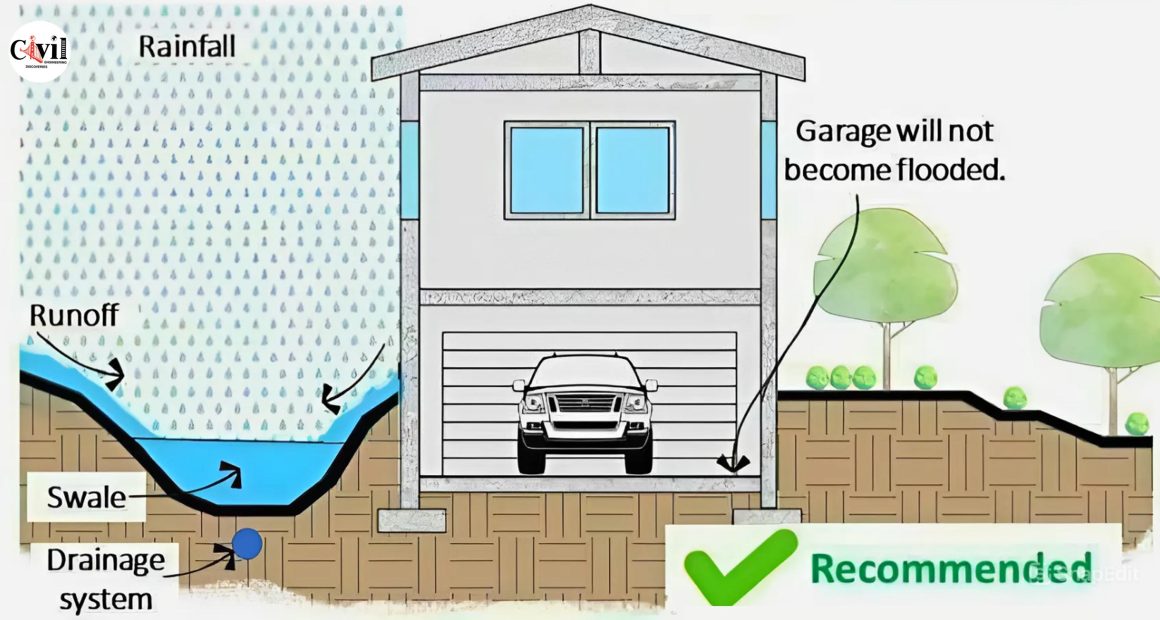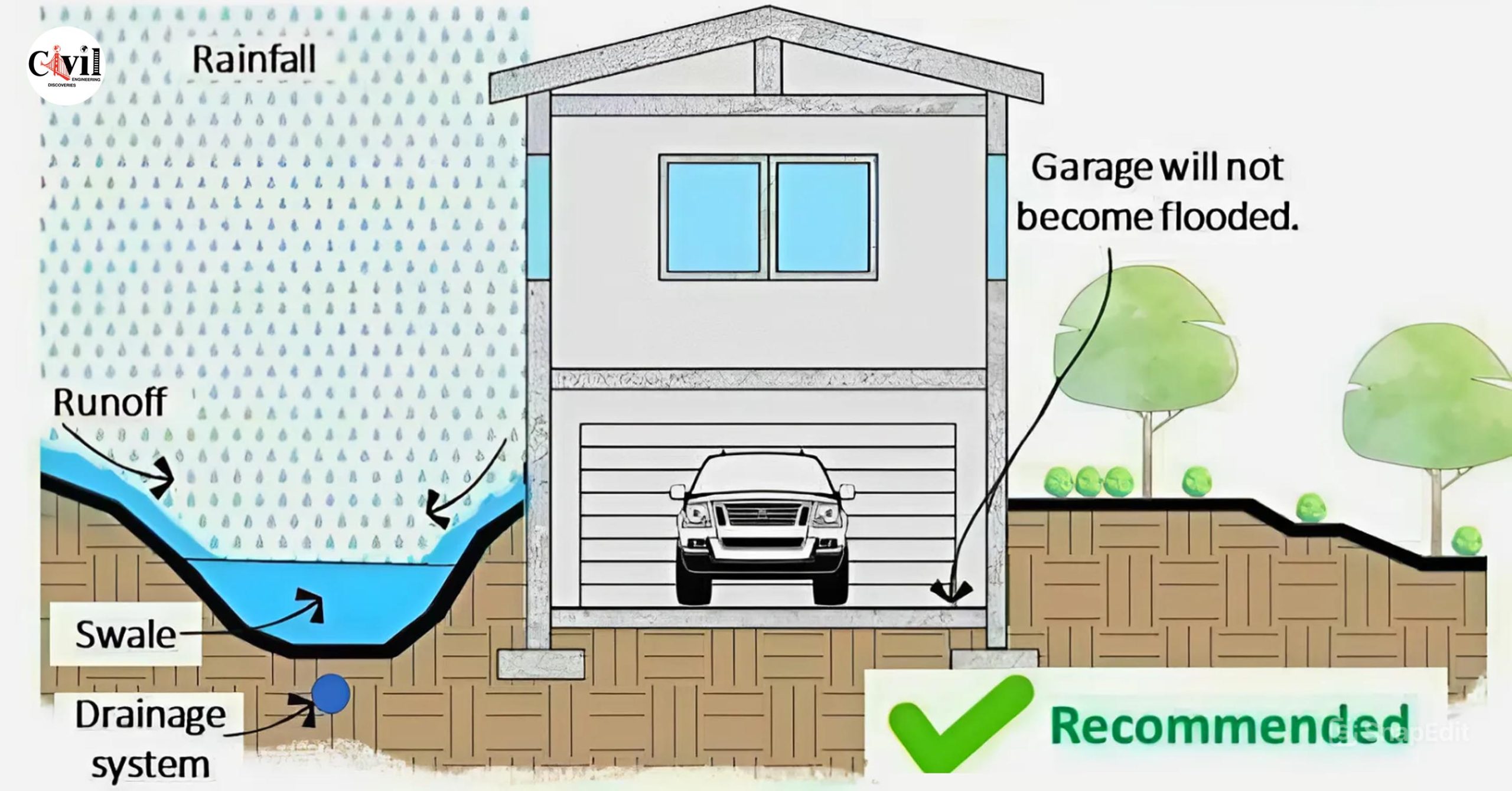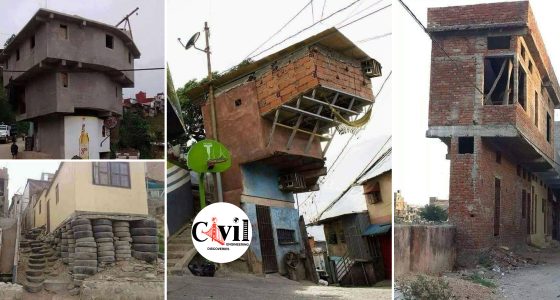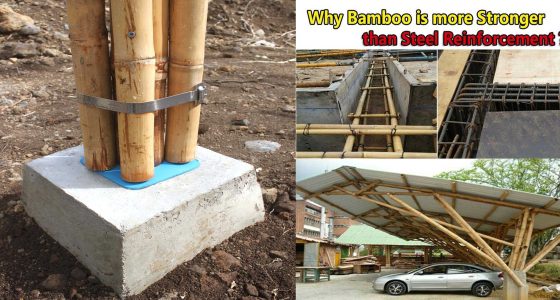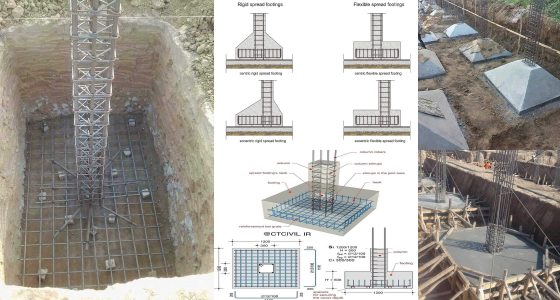Water management around your home is crucial to maintaining the structure’s integrity and preventing costly damage. One of the most effective ways to manage water runoff and prevent flooding is by incorporating a drainage swale into your landscape design. A drainage swale ensures that rainwater is diverted away from your home’s foundation, protecting your structure from the adverse effects of water accumulation.
Why is Water Drainage Essential?
When rainwater accumulates near your home, it can lead to structural instability, foundation damage, and flooding, especially in basements and garages. Water that flows downhill without control can erode the land and destabilize the area around your foundation, leading to severe and costly repairs.
What is a Drainage Swale?
A drainage swale is a shallow, gently sloped ditch that directs water runoff from your property to a drainage system. Unlike traditional drains that require pipes, swales use gravity and the landscape’s natural slope to guide water to a designated area where it can safely percolate into the ground or be diverted to a municipal drainage system.
Consequences of Poor Drainage Design
Without a proper drainage system, water runoff can flow towards your home, which can cause flooding in the garage and basement. This can result in damage to stored items, electrical systems, and the overall stability of your structure. As shown in the top portion of the diagram, allowing runoff to pool against the home’s foundation leads to a higher risk of foundation damage and internal flooding.
The Recommended Solution: Using a Drainage Swale
The best way to prevent flooding and instability is to implement a drainage swale. As demonstrated in the lower portion of the diagram, a swale strategically channels water away from your home. When properly installed, the swale ensures that excess rainfall and runoff don’t accumulate near your foundation. This prevents potential erosion and flooding issues while maintaining the stability of your home’s structure.
Benefits of a Drainage Swale
- Prevents Flooding: By directing water away from the house, a swale reduces the likelihood of your garage or basement becoming flooded.
- Foundation Protection: It prevents water from pooling around the base of your home, minimizing foundation cracks and structural damage.
- Eco-Friendly: Swales are environmentally friendly, using natural land contours to manage water without relying heavily on complex systems or materials.
- Low Maintenance: Once installed, swales require minimal upkeep, making them a cost-effective long-term solution.
How to Install a Drainage Swale
- Assess the Landscape: Before installation, assess the natural slope of your land to determine where the water runoff is most prominent.
- Dig the Swale: A swale is typically shallow and sloped, designed to naturally guide water down to a drainage system or designated area.
- Add Vegetation: Planting grass or other vegetation within the swale helps to stabilize the soil, reduce erosion, and slow down water flow.
- Install a Drainage System: If necessary, connect the swale to an underground drainage system or allow it to empty into a safe location away from your foundation.
Click Here To See Understanding Young’s Modulus: A Key Concept in Material Science
